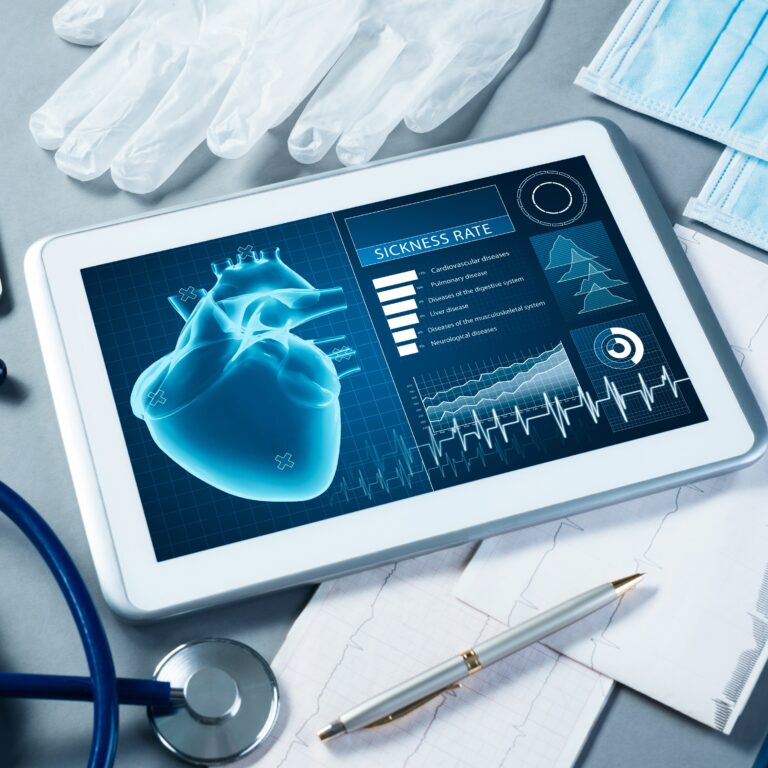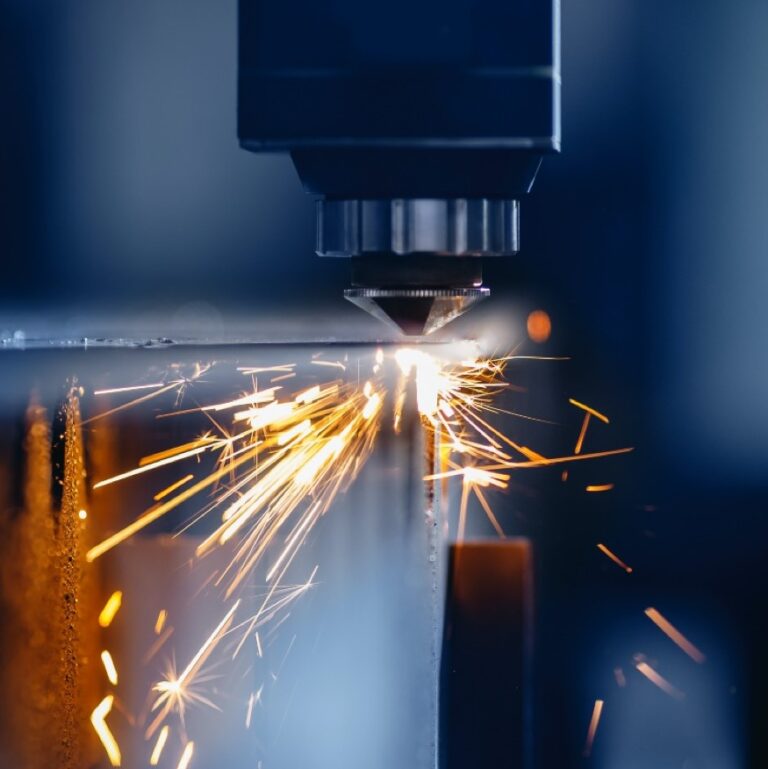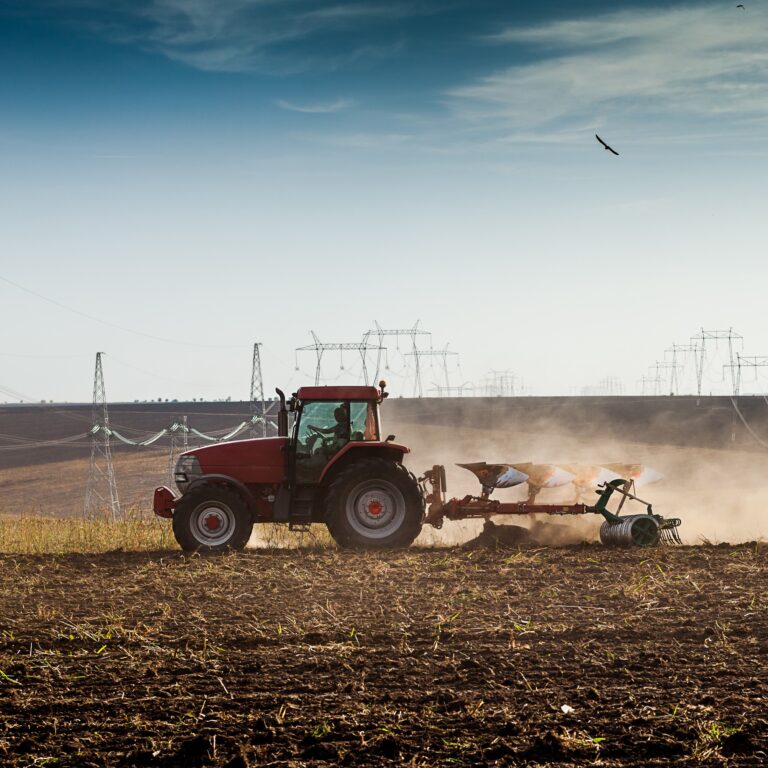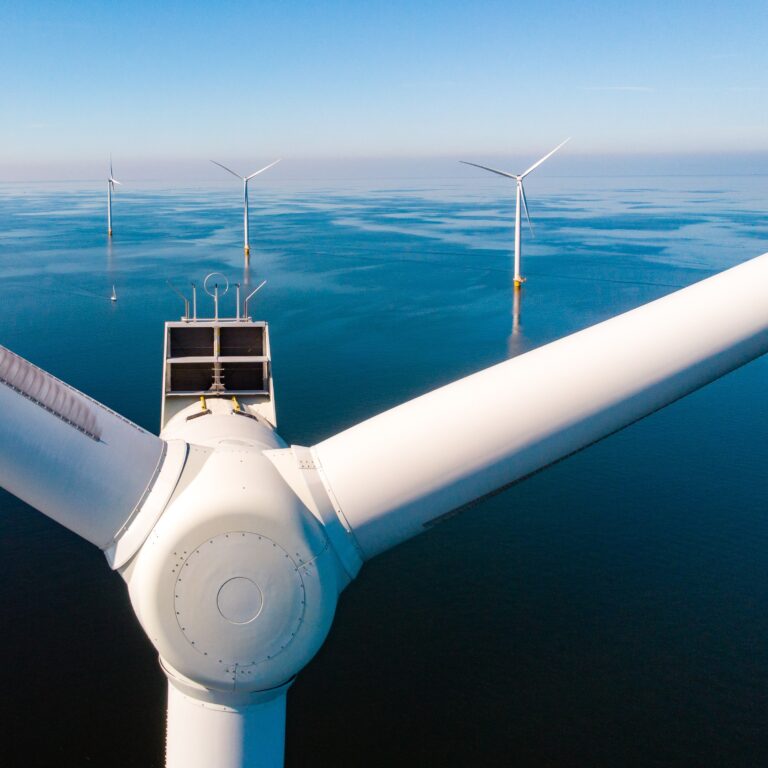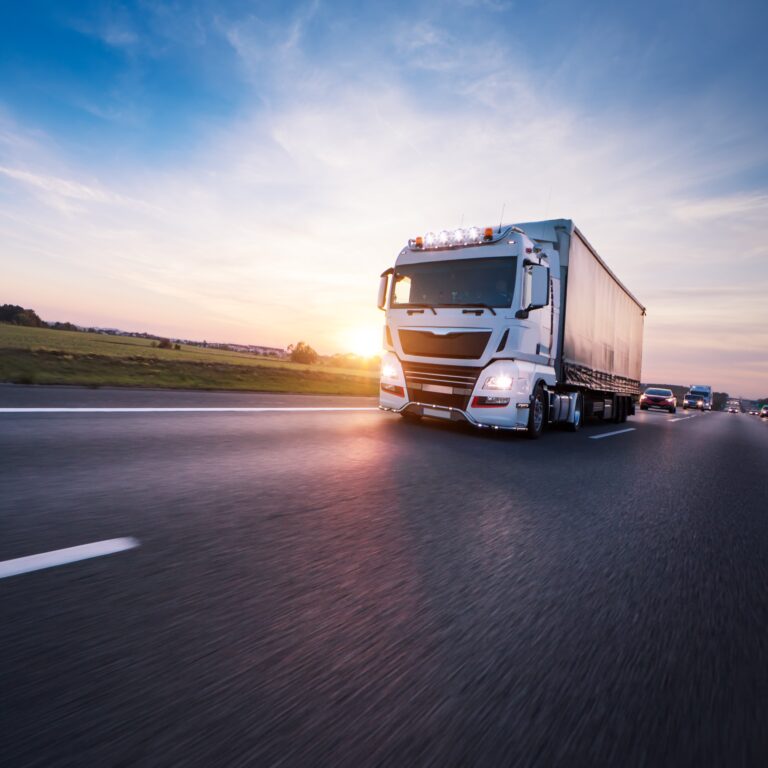Understanding 5G
Everything you need to know about 5G.
As with any new technology, the amount of information about 5G is a lot – and some of it is potentially misleading. Our Understanding 5G page takes you through some of the key topics.

2G
Second generation of mobile telephony systems. It uses digital transmission to deliver voice, text services and very low-speed data services…

3G
Third generation of mobile systems. It can be used to deliver voice, text and lower-speed data services. It supports multimedia applications…

4G
Fourth generation of mobile systems. It can provide download speeds of over 10 Mbit/s, and is used to deliver voice, text and higher-speed…

5G
Fifth generation of mobile technology. It can deliver faster, lower latency mobile broadband, and enable more revolutionary uses in sectors…
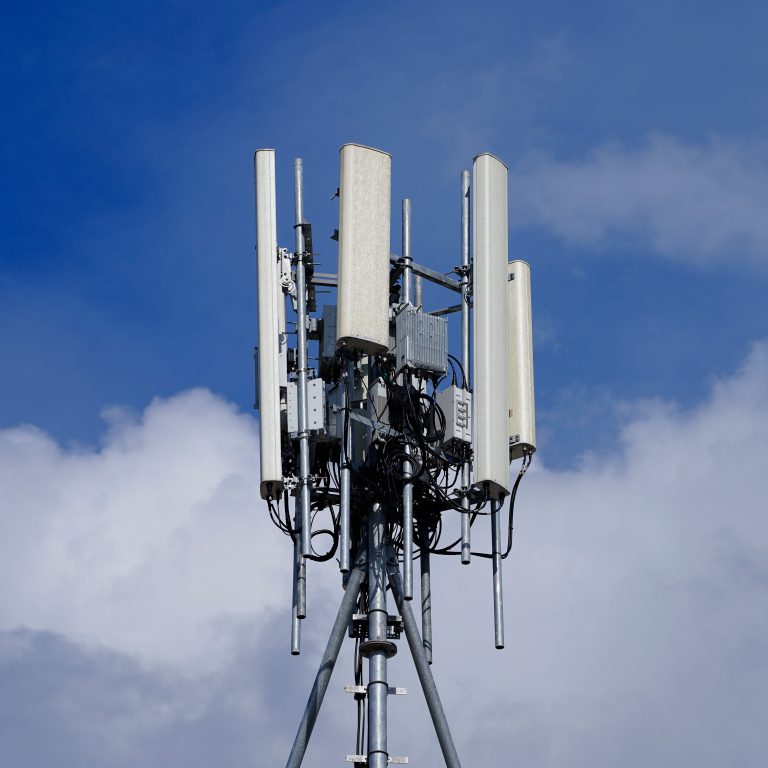
5G NR (New Radio)
The 3GPP’s fifth-generation radio standard that leverages millimetre waves, enhanced small cells, Massive-input Massive-output (MIMO)…

3GPP
A group of seven telecommunications standard development organisations (ARIB, ATIS, CCSA, ETSI, TSDSI, TTA, TTC) known as the ‘organisational partners’…

2G
Second generation of mobile telephony systems. It uses digital transmission to deliver voice, text services and very low-speed data services.

3G
Third generation of mobile systems. It can be used to deliver voice, text and lower-speed data services. It supports multimedia applications such as video, audio and internet access, alongside conventional voice services.

4G
Fourth generation of mobile systems. It can provide download speeds of over 10 Mbit/s, and is used to deliver voice, text and higher-speed data services.

5G
Fifth generation of mobile technology. It can deliver faster, lower latency mobile broadband, and enable more revolutionary uses in sectors such as manufacturing, transport and healthcare.

5G NR (New Radio)
The 3GPP’s fifth-generation radio standard that leverages millimetre waves, enhanced small cells, Massive-input Massive-output (MIMO), beamforming, licensed / unlicensed spectrum, and full duplex wireless technologies.

3GPP
A group of seven telecommunications standard development organisations (ARIB, ATIS, CCSA, ETSI, TSDSI, TTA, TTC) known as the ‘organisational partners’. It provides its members with a stable environment to produce the reports and specifications that define cellular telecommunications network technologies, including radio access, the core transport network and service capabilities.

5G for Business Explained
5G is set to become an integral part of the world we live in and the way we work. Enhanced mobile broadband, massive IoT communication, 60% latency reduction for mission-critical services. The opportunities are endless for businesses. Discover what 5G will bring in Vodafone’s Business brochure.

5G for Business Explained

5G vs 4G Videos
5G will enhance our connected lives and paves the way for new innovations. But what is the difference between 5G and 4G? How does the technology work? And how can it make completely new connected use cases possible? Our partner, Ericsson have created several useful video guides to help you understand 5G and what it can offer.
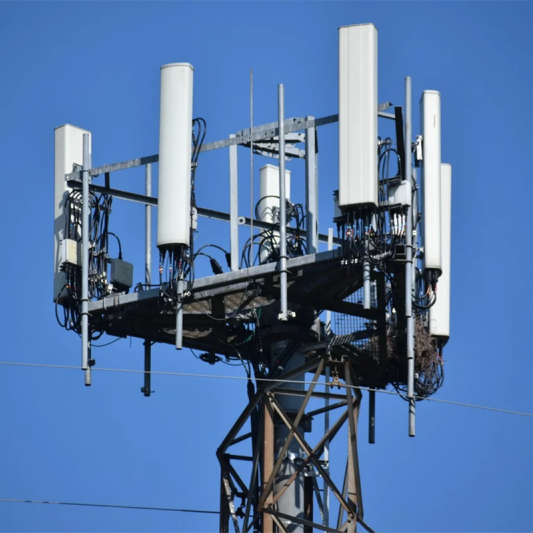
Mobile Network
The true smartness behind smartphones is the mobile network that keeps you connected even while travelling. How does your smartphone work on 5G vs 4G?
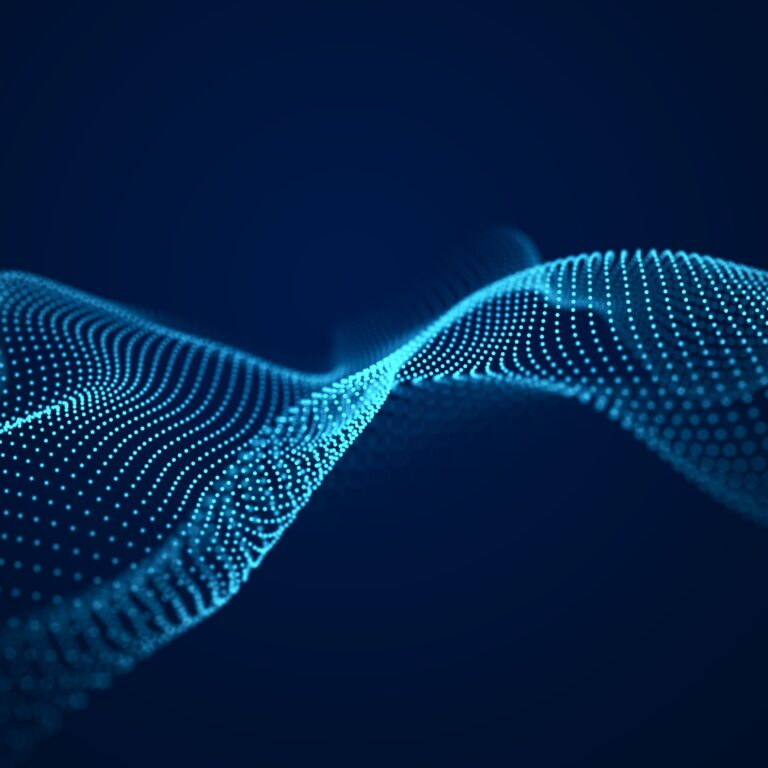
Radio Waves
Radio waves are what connects devices to the network, but what is the difference between the 5G vs 4G radio frequencies?
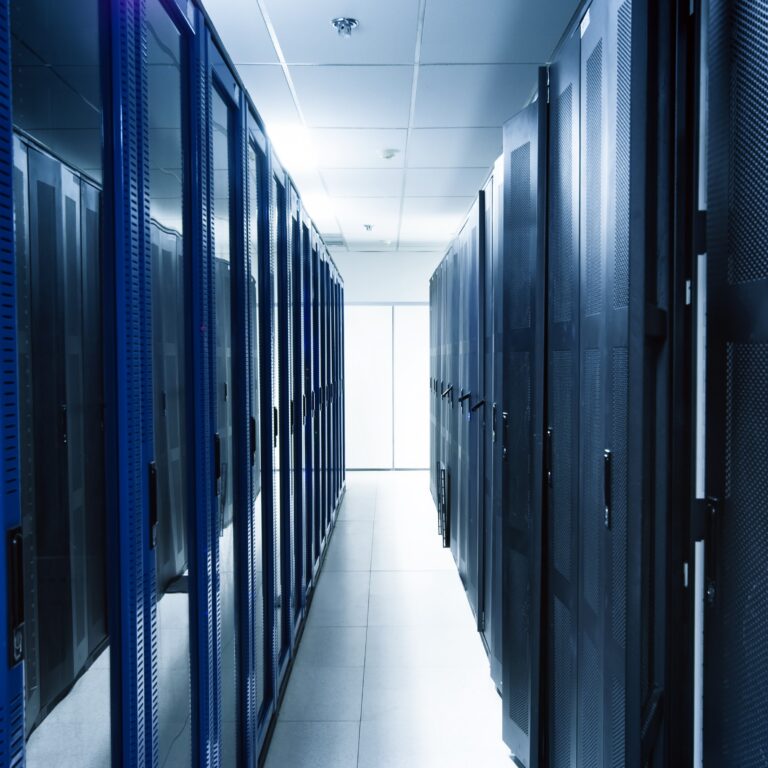
Speed and Capacity
You have probably heard that 5G is fast, but what makes the difference between 5G vs 4G speed?

Connected Devices
How many devices can 5G vs 4G connect?
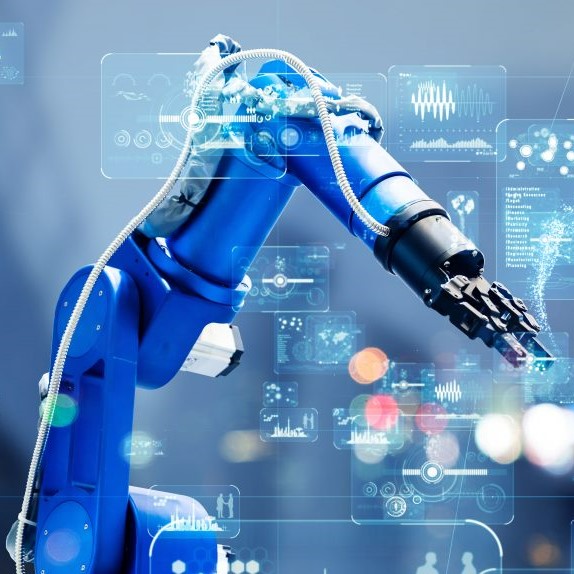
Type of Devices
What kind of devices can 5G vs 4G connect?
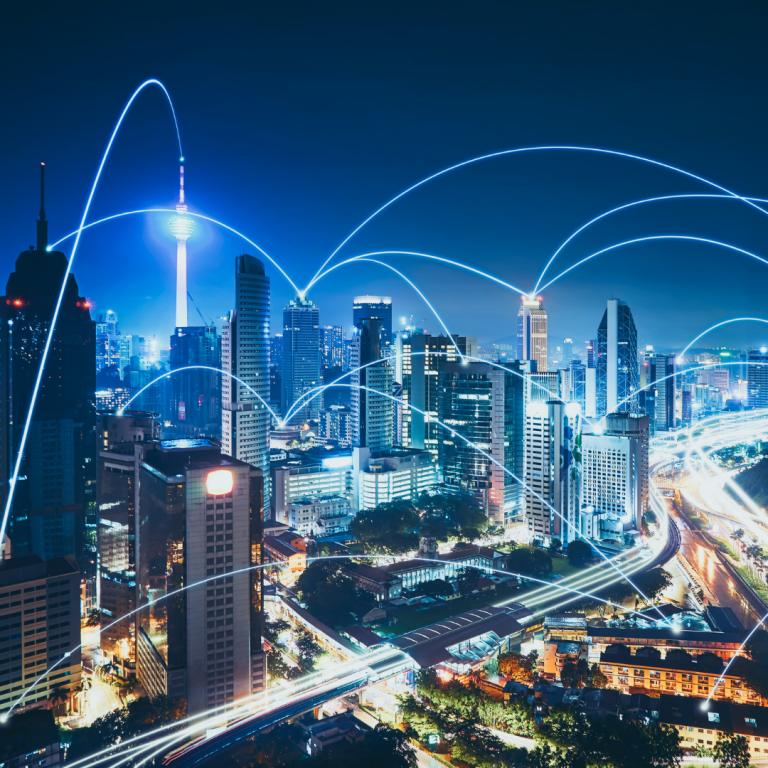
5G Network
Will 5G vs 4G make any difference for computing and cloud services?

Mobile Network
How does your smartphone work on 5G vs 4G?
The true smartness behind smartphones is the mobile network that keeps you connected even if you travel at high speeds. All mobile networks, regardless of technology generation, are using the same basic principles for how they work.
Mobile networks consist of three parts. First, we have the Radio Access Network, which is what your phone connects to. Its antennas can often be seen on city rooftops or on masts and towers in the countryside.
Then we have the Core Network – the central part of the mobile network – that for example connects your call to the right person or connects you to the internet service you want to use. Finally, we have the Transport Network that connects the Radio Access Network and the Core.
Check out their video guide below.

Radio Waves
Radio waves are what connects devices to the network, but what is the difference between the 5G vs 4G radio frequencies?
Radio waves have been used for wireless communication for 120 years and we use them for radio and TV broadcasting, for communication in mobile networks and for WiFi.
Radio waves are, just as light, a kind of electromagnetic waves. Radio waves have much lower frequencies than light, which means that they travel around corners and even reach into buildings – perfect for mobile communication. A 5G network antenna uses a relatively small amount of power, from less than 1 W up to a few hundred watts depending on type , about the same as the ranges as of traditional lightbulbs.
Your phone uses far less power, about 0.2 W at most. With such low power output, it’s almost surprising that mobile communications even work. We can tell you that it took a lot of clever radio engineering to get there.
Check out their video guide below.

Speed and Capacity
You have probably heard that 5G is fast, but what makes the difference between 5G vs 4G speed?
There is a limit to how much information radio waves can carry depending on frequency band. If we reach that limit, for someone to get better speed, someone else’s need to decrease. 5G adds more capacity, more ”space” to use, which means that there’s more room for everyone and that their devices get higher data speeds.
This is important because data traffic grows every year as people stream more video and use more connected services. 5G was designed to provide more capacity for social media, video streaming and other things we are already doing today, but also for new innovative use cases such as securely streaming high-quality video from an ambulance to the hospital and enabling a range of new types of smart devices and industry digitalization.
Check out their video guide below.

Connected Devices
How many devices can 5G vs 4G connect?
Previous mobile network generations, like 4G, can sometimes have difficulty handling many devices in the same location. Some of us have experienced this when trying to use our phones during crowded sports events or concerts. 5G solves this issue by intelligently transmitting to each device, with high precision – which enables it to handle as much as 1 million devices per square kilometer.
This precision reduces the noise in 5G, so that it is easier to connect many devices. The ability to connect more devices is very important since the number of devices that connect to the network increases every year.
Check out their video guide below.

Type of Devices
What kind of devices can 5G vs 4G connect to?
4G was a great leap forward, allowing people to stream music and video on the go. 5G is designed to connect many more types of devices than smartphones – anything really. While 4G provided a one-size-fits-all kind of connectivity, where every device got the same service, 5G is different.
For a smart watch that runs on a small battery, 5G can provide a connection that consumes very little energy. For an industrial robot, 5G can provide an extremely stable and fast connection . This is valuable because, in the future we will see more and more new types of connected devices, each requiring connections with different levels of performance and characteristics.
Check out their video guide below.

5G Network
Will 5G vs 4G make any difference for computing and cloud services?
While 4G made cloud services useable on mobile phones, 5G technology takes this to a new level. A 5G network has so much processing power built in, that it becomes more than a network. It can act as a distributed data center that performs processing tasks, either using the full power of centralized resources or the responsiveness of edge computing done close to the user.
Processing intense tasks, like AR-filters or games, could be handled by the network instead of your phone, improving both performance and saving battery. This makes new types of battery-powered devices, like light-weight AR-glasses, possible and enables things like coordinated fleets of connected delivery drones.
Check out their video guide below.
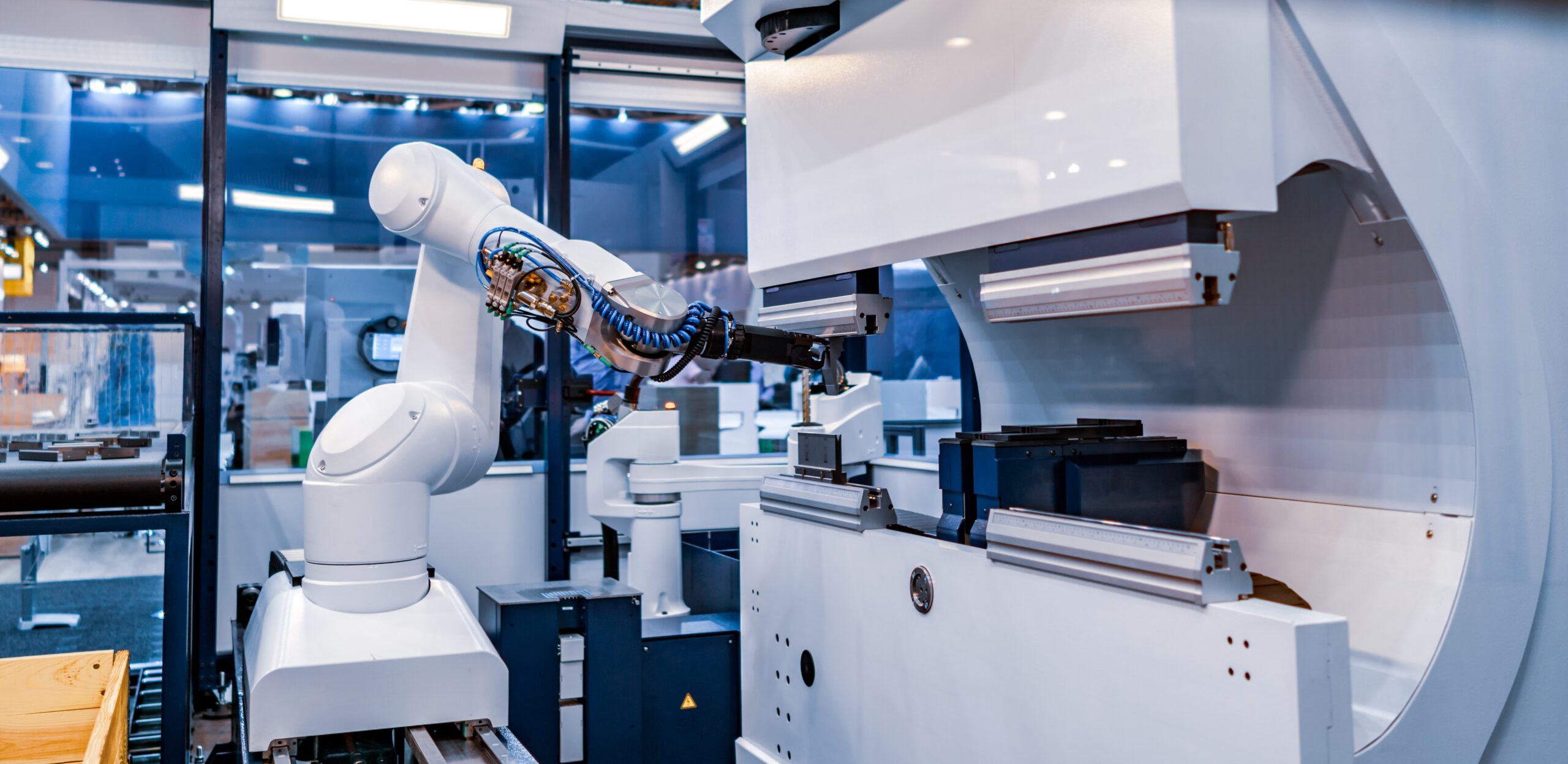
Common Misconceptions
Orange Radio Waves wrote an article discussing the common misconception of 5G. Here is some of the misconception discussed.
Birds
In Oct/Nov 2018, hundreds of starlings died in Huygenspark, The Hague. No 5G trial was conducted during this time and the cause of death was eating toxic needles of yew trees.
Trees
Trees and buildings can influence how 5G signals propagate. However, this is considered when planning telephone installations. So, it is untrue that trees are cut down due to 5G.
Climate
5G uses less energy and does not negatively affects the climate. 5G is more efficient than previous technologies and requires less energy than 4G.
Bees
The French agricultural research confederation centre of expertise advised, “None of the studies conducted on the topic to date have been able to establish that electromagnetic pollution is a problem for bees.”
Children
Based on current scientific knowledge and after 30 years of research, there is no proof of health issues due to antennas if the limits are observed.
Radiation
Based on current scientific information, it is not possible to establish a link between mobile telephony radiation and potential health problems.
Birds
Trees
Climate
Bees
Children
Radiation
5G for Industry
5G introduces new innovation possibilities which go beyond today’s enterprise limitations, enabling new ways to work, think, and solve traditional business challenges. There are some important common characteristics that emerge when looking at the value of 5G for business transformation. Mobile UK have created a useful mini pack series exploring 5G industry benefits.



